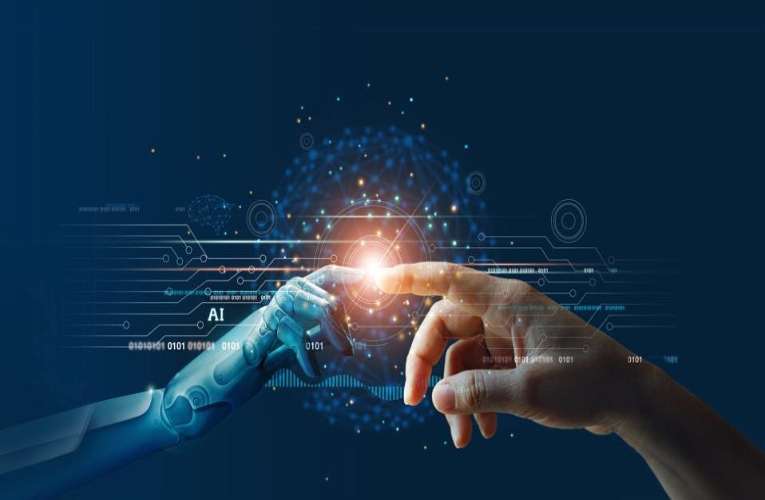
AI technologies could increase global GDP by$15.7 trillion by 2030 and there is a huge chance that over 60 percent of businesses will be completely automated in the coming five years.
It is said that the word Artificial Intelligence was first coined in 1956 and since then it has slowly started gaining a huge traction among various industrial sectors. The Dartmouth Conference, which started as a chain of research centers, was organized by renowned scientist John McCarthy who was looking forward to discover various applications of the ‘hot word’ AI. According to a report of PricewaterhouseCoopers (PWC), AI technologies could increase global GDP by$15.7 trillion by 2030 and there is a huge chance that over 60 percent of businesses will be completely automated in the coming five years.
Technocrats have also added that nowadays, people interact with AI on a regular basis, but the point is that they are not aware of it and they do not realize it. Initially, the concept was more of a science-fiction dystopia, but as the technology is being developed at a rapid scale, it has become an essential element of our lives. Now, in businesses, AI has a huge role to play. For instance, machine learning is one of the most important use-cases of AI that is essential for the development of modern business as they are mostly utilized to process a huge volume of data in a seamless manner.
The larger businesses who are mostly involved in the cutthroat competition, an artificial intelligence system is obviously going to provide them an edge in this aspect. The technology saves massive time and finance for the companies. It works great in optimizing and performing accurately repetitive tasks. Companies can inform their customers of the delays or the expected time of delivery with the help of AI. The technology has the ability to check past records accurately and helps in identifying the common failures. People can have more personalized experience of working with their business and this is where machine learning also steps in. For example, in the e-commerce website, when you choose to shop for t-shirts/trousers, the website will also suggest similar products by identifying your past shopping experience.
On the other hand AI decreases the time of the employees in doing a certain task. Therefore, in less time, they have more output and also boosts the company’s overall productivity as well. Experts have concluded that as companies are looking to make more profits, it is clear that ML and AI will be more in demand in the coming few years.
According to a media report, AI has the potential to escalate the international economy to $15.7 by the end of 2030, which is a total economic growth of both India and China today. Although AI applications have the ability to perk-up businesses productivity by upto 40 percent, companies are going through a lot of challenges in terms of seamless deployment of the technology.
Businesses are now facing a lot of impediments to feed accurate quality and quantity of data in the AI algorithms, which is either because the businesses don’t have access to it or the exact volume is not available yet. This obstacle leads to a huge discrepancy when operating the AI system. On the other hand, deep learning and machine learning are key to AI, which require a huge volume of cores and GPUs to work effectively. Companies need a supercomputer’s computing power, which is an expensive affair. Mostly, the smaller businesses cannot afford it.
There is also a reason for worry, which is the unknown factor of how deep learning models speculates the efficiency. For a layman, the situation is extremely intricate because they fail to understand how certain inputs will provide solutions for different problems. Another issue is the knowledge of artificial intelligence. For instance SMEs do not even know that there are global service providers such as Amazon, Google, and others in the technology industry. If they gain the proper knowledge, they can learn top-notch methods to perk-up their production and output.
Moreover, in multinational companies, there are AI teams, but they mostly work in silos. Different infrastructures are being built and different workflows are adopted that ultimately complicates the AI adoption. In fact, some businesses think that just by deploying AI they will have a better output, but when they do not have any firm use-case, the technology will face challenges to deliver proper solutions towards an enhanced business value.
In the coming years, AI is forecasted to play a pivotal role in various industries. As AI is developing very fast, the globe will observe innovative business models and applications, startups, consumer use-cases, the discard of certain job types and the creation of new ones.

